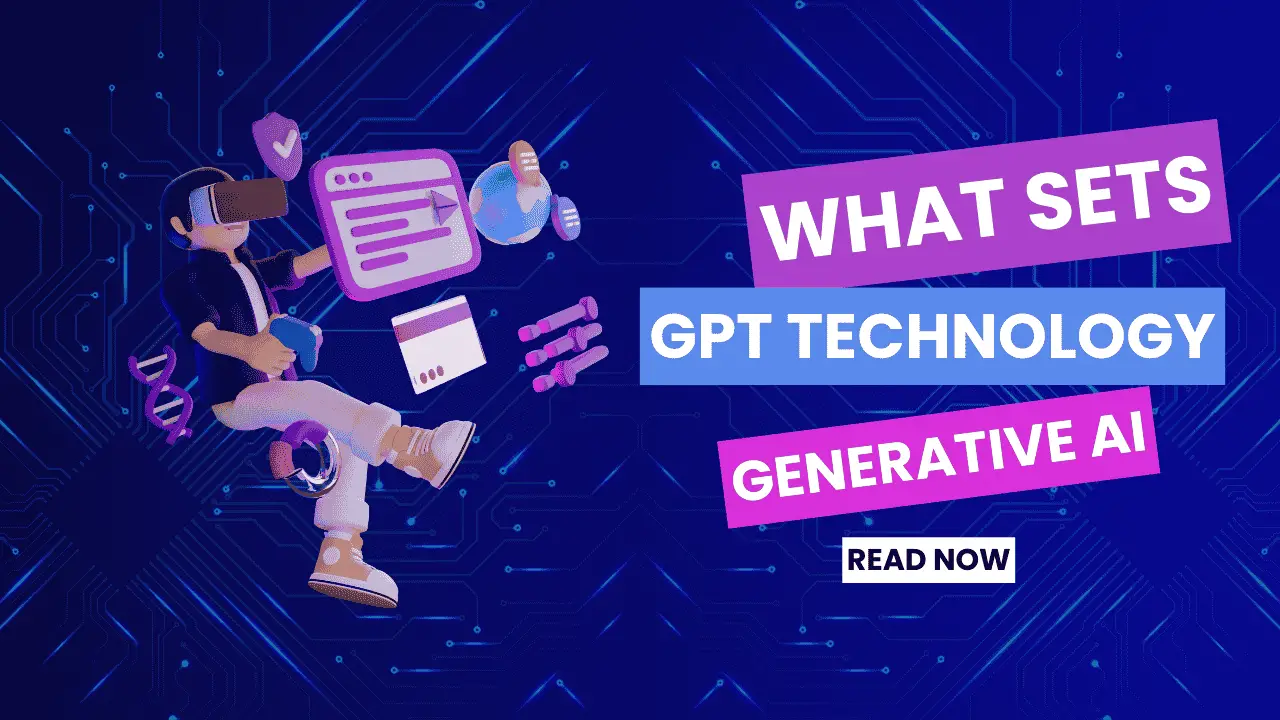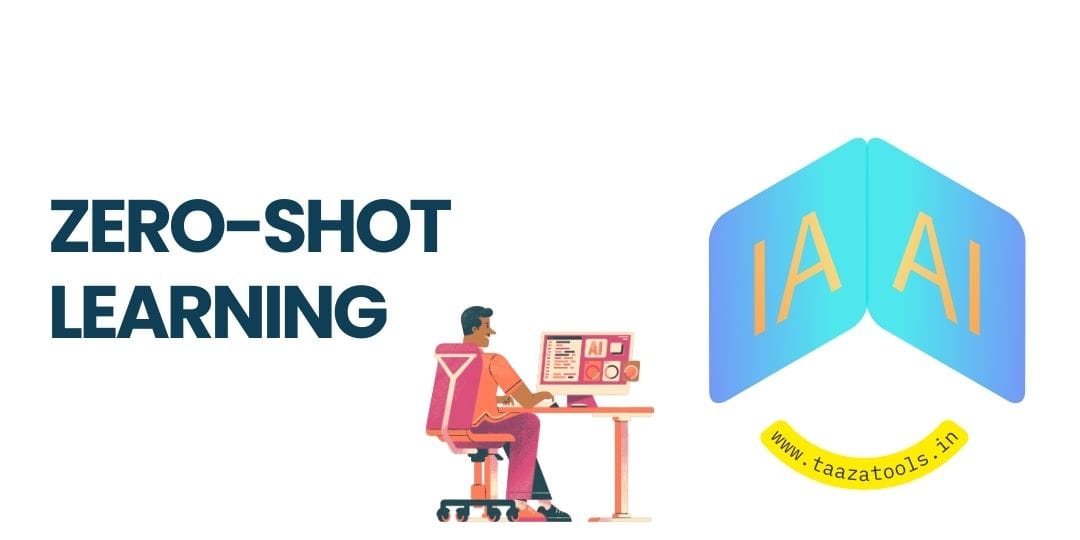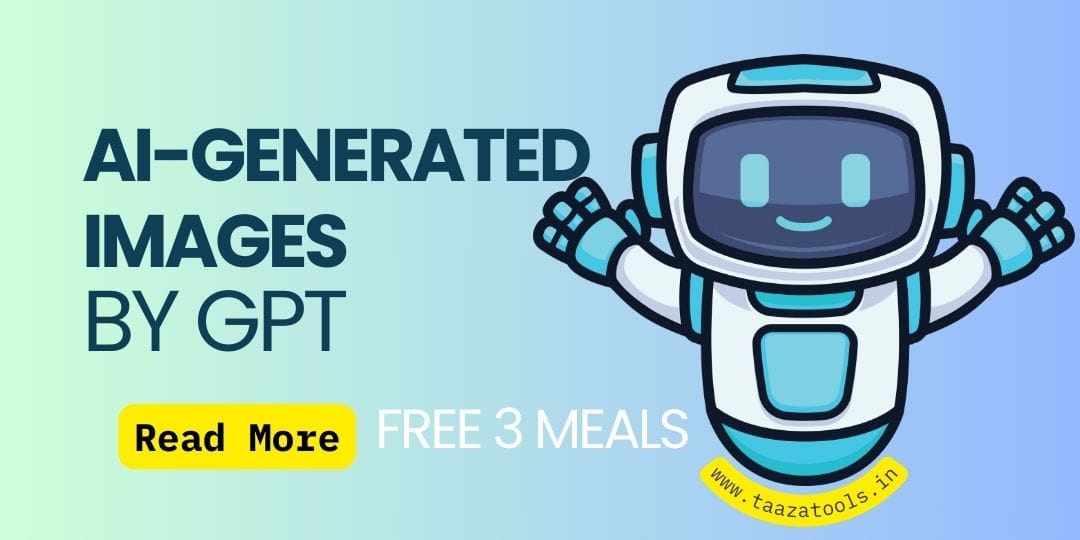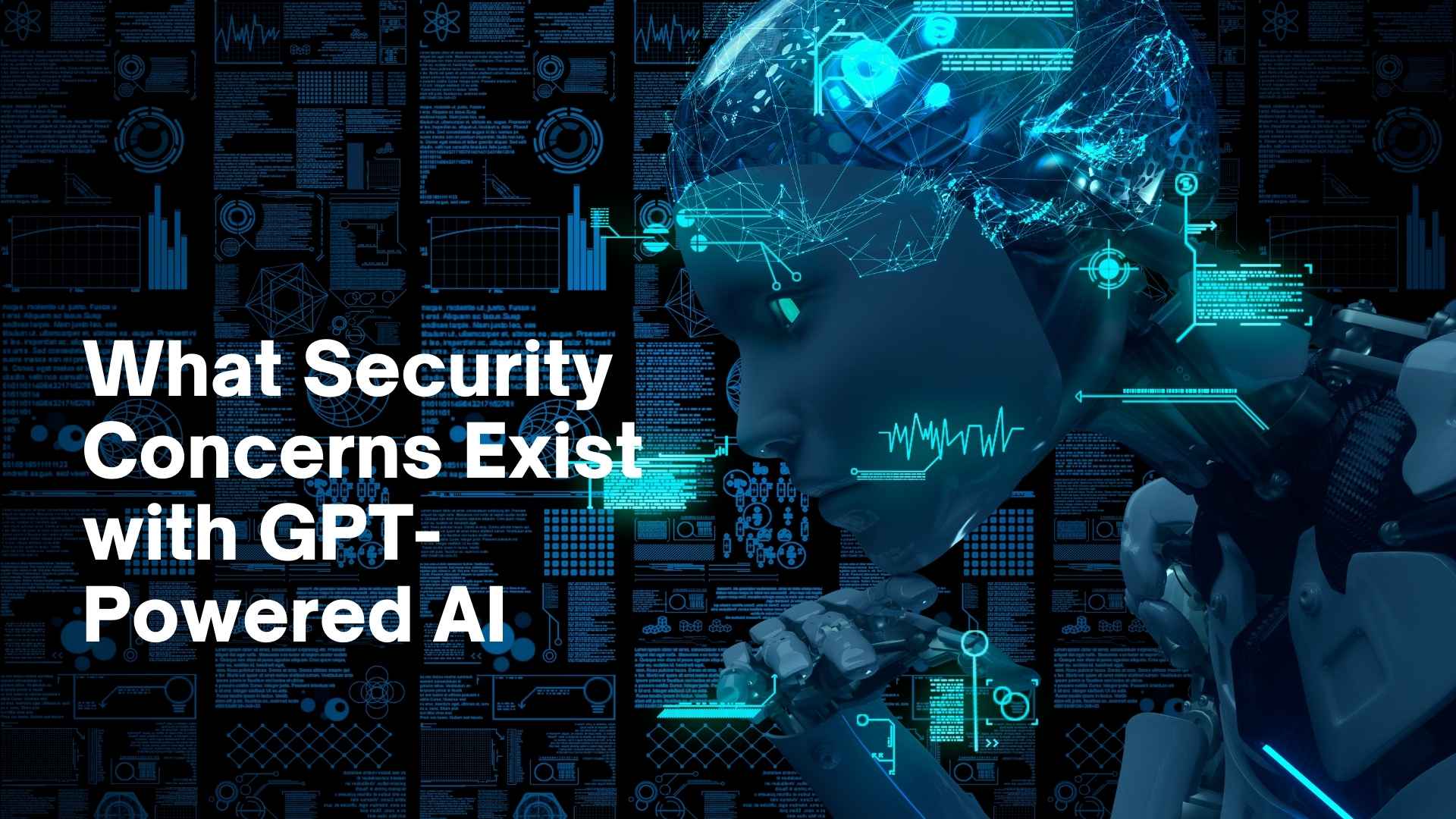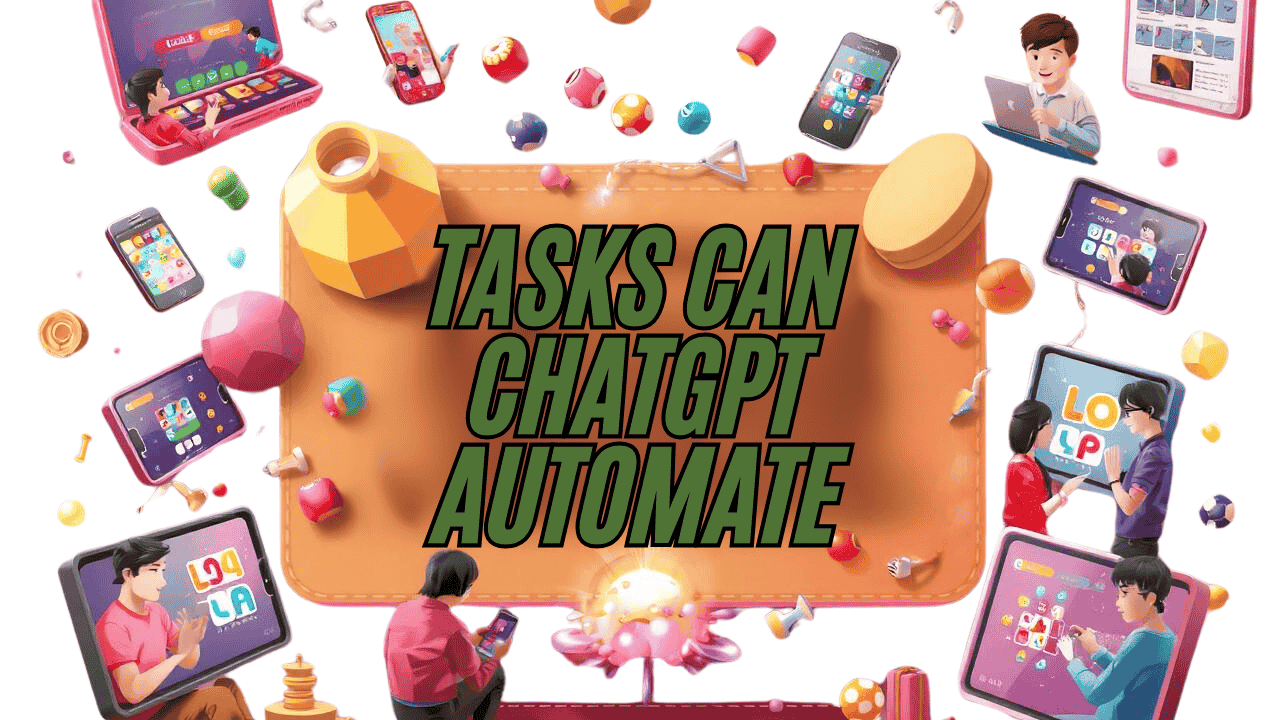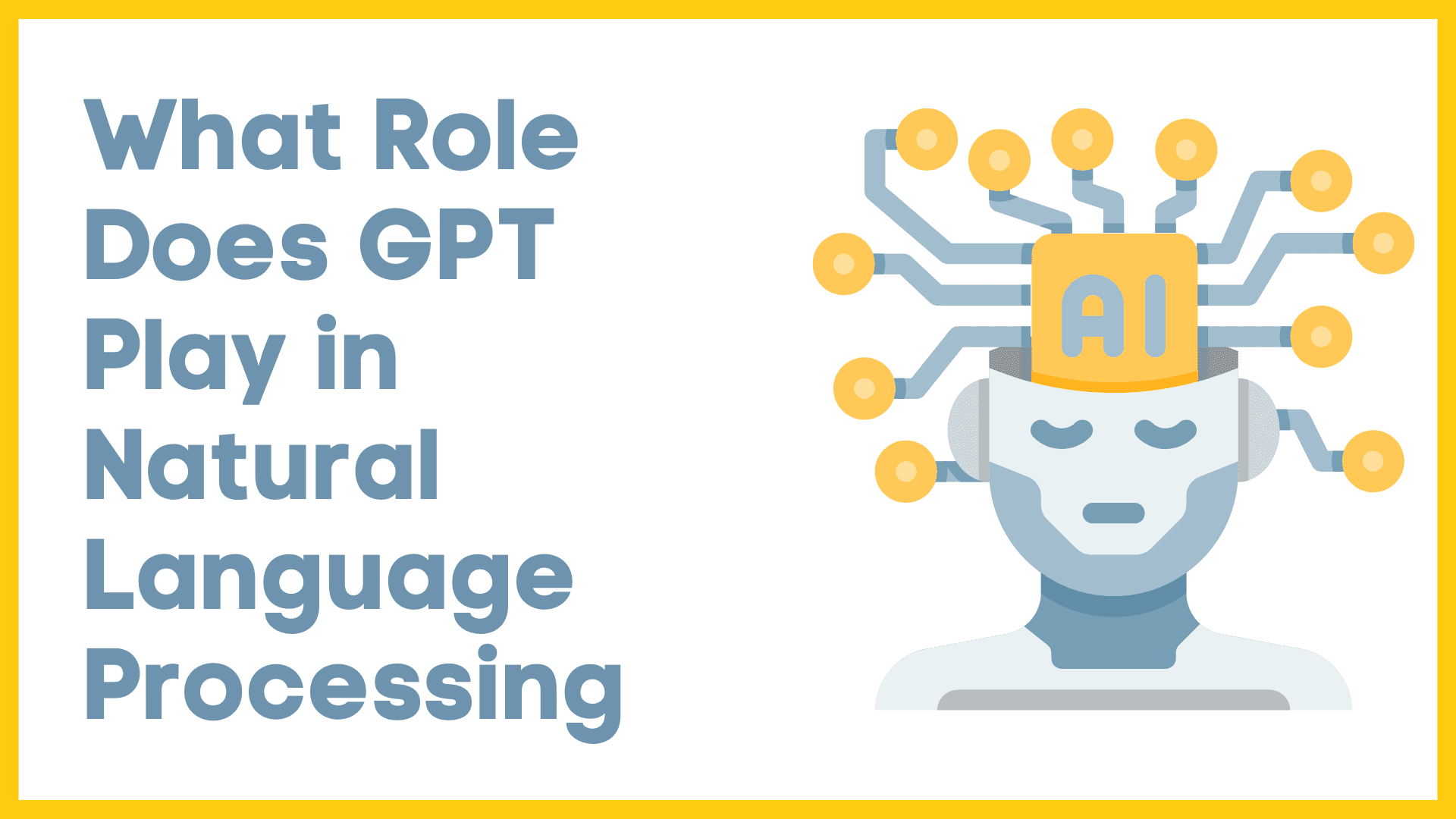Speaking about AI, there is quite a difference between the classic models of AI and this developed advanced GPT technology over the past years. GPT is actually the abbreviation for Generative Pretrained Transformer, a particular type of AI with a focus on generating human-like text that is capable of doing wide ranges of language tasks with uncanny precision.
The article will explain in detail how GPT technology is different from other traditional AI approaches, including key characteristics that make it different.
1. Data Processing Techniques
Basic differences could be seen between GPT technology and traditional AI with respect to the processing done. Whereas traditional AI systems rely on algorithms for specific tasks and manually created rules, GPT technology is based on deep learning—a self-trained model with huge datasets and little human interference. Contrary to writing the rules, GPT models learn from what they are fed, and their response is much more natural and accurate.
This difference enables GPT technology to perform even the most subtle tasks—such as contextual understanding and long-form content generation—and to respond in a more conversational style. It can handle language in a far more flexible and less rigid manner than other systems, and this is what makes GPT technology a perfect fit for many NLP applications.
2. Scalability and Versatility
Another significant advantage of GPT technology, compared to more traditional AI, concerns the issue of scalability: whereas most models that were traditionally implemented are narrow and specialized—for example, playing chess or recognizing images—these models would need extensive reworking or retraining to adapt to different tasks. GPT technology instead is oriented toward versatility in carrying out many activities related to the comprehension and generation of language.
This is likely a function of the model architecture itself, which is inherently supportive of scaling on new tasks with very little additional training. It means a GPT model trained using English text can be easily adapted to many other languages or specific writing styles, making it very versatile for a wide array of applications.
Whether that’s creating marketing content, helping customer service, or even coding for programmers, use cases for GPT technology are all over the place, proving it to be highly flexible.
3. Training and Knowledge Retention
GPT tech is also very different from traditional AI with respect to how it remembers and uses information. Much of traditional AI needs to be either updated manually or reprogrammed in cases when new information and procedures arise. GPT models are pre-trained on huge blocks of data, precluding the necessity of teaching them a wide general knowledge base before honing them for application-specific uses.
Once trained, GPT technology has no longer a need for updating with every new piece of information—things it was initially trained for can now be written about with relevance and in up-to-date tones. This makes it more efficient than traditional AI models, which may require developer intervention on a consistent basis to keep the technology working and accurate over time. Besides, the GPT models are good at transfer learning—that is, applying knowledge learned in one domain to other domains, which is where traditional AI systems fail. The mere ability for retention and adaptation of knowledge makes GPT technology much more powerful in dynamic and evolving industries.
4. Human-like Interactions
Perhaps one of the most salient features of the technology behind GPT is the degree to which it can simulate conversation. Traditional AI models—especially those based on rules—operate on a very basic level and are thus limited in that respect. This leads to interactions that feel, at best, mechanical or scoped. While GPT technology speaks through the generation of contextually appropriate responses in relation to the flow of conversation, it could interact in a more natural sense with whomever is speaking to it—a perfect application for customer service autosend applications, virtual assistants, and content creation tools. The conversational abilities of GPT models are a meaningful departure toward developing more user-friendly, interactive AI systems.
Conclusion
While traditional systems have certain points of strength, GPT technology has been proven to be a breakthrough in the field of artificial intelligence. Its ability to process vast amounts of data, scalability, retention of knowledge, and human-like interactions give it a big advantage over others—more advanced and flexible compared to traditional AI approaches. Thus, the more advanced the development of GPT technology goes, the more amazing implementations of this powerful tool in different spheres of life we are able to observe.

